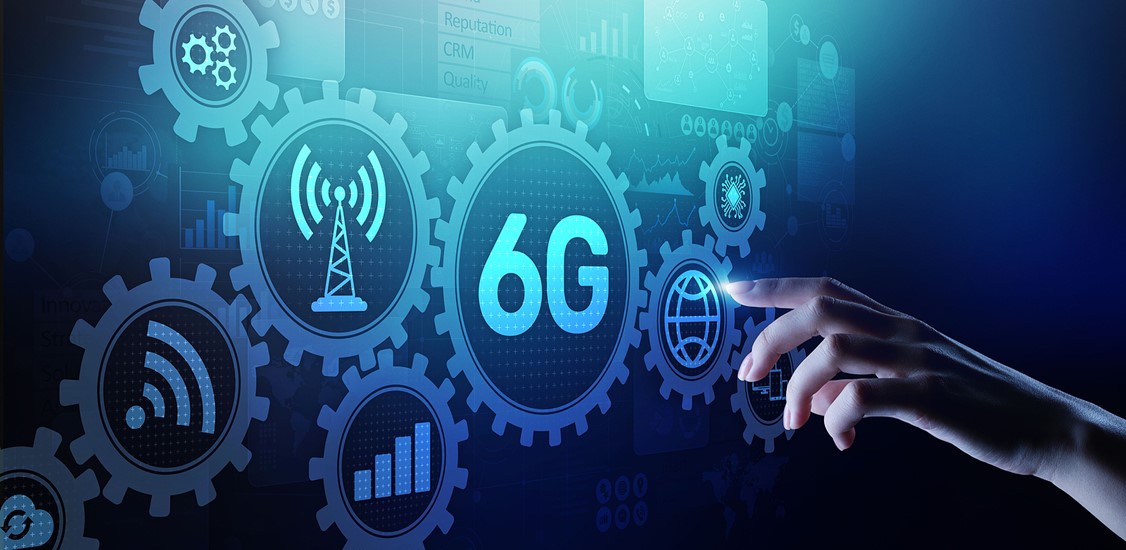The world has entered the 5G era, especially as 2022 is likely to see 1 billion connections surpassed globally. Amid this evolution, the Asia-Pacific is under the scope, given that it is projected to become the leading market for 5G adoption over the next few years. As 5G takes root across the region, it will not be long before we start seeing a rich fabric of cutting-edge technologies powering smart cities, factories, precision farming, the Internet of Things (IoT) and robotics.
Yet, despite 5G allowing for unprecedented connectivity speeds, rising demand for 5G-enabled applications will inevitably place strains on networks. This would then necessitate a new, highly agile and cognitive architecture that automatically deploys new services optimally tailored to these applications. This future architecture must also further push the limits for the support of ultra-low latency, massive capacity and widespread connectivity.
Meeting these expectations - and even going beyond by reformulating the very concept of network communications - is why we must start paving the way to the sixth generation of connectivity (6G).
6G vs 5G - what’s the difference?
5G is demonstrating one striking aspect - the blending of the physical and human world. 5G is already enabling the widespread proliferation of sensors and artificial intelligence/machine learning (AI/ML). By combining with digital twin models and real-time synchronous updates, the study of the physical world is enabled, as well as the anticipation of possible outcomes and initiating appropriate actions. This is transformative on many levels; factories can reach new levels of automation, urban utilities can be made more resilient in the face of crises, and provide students with immersive learning experiences – just to name a few.
5G has massive potential, but 6G takes it to another level entirely. For instance, digital twin models (which are already in use with 5G) will be deployed at a much broader scale and with much higher precision for a wide range of applications ranging from digital twins for industrial sites, cities, and humans. This is made possible due to several factors: 6G will operate at terahertz frequency bands to offer higher performance, delivering a peak data rate of 1,000 Gbps and is expected to provide 100 times faster network speed over 5G.
Imagining a 6G future
While 6G is following in the footsteps of the previous generations, it will be differentiated by a bouquet of unique technologies that will shape the future of communications. Nokia’s research arm, Nokia Bell Labs, has identified the following potential innovations that can be enhanced by 6G:
- Network sensing: The ubiquitous network becomes a source of situational awareness, collating signals that are bouncing off objects and determining type and shape, relative location, velocity and perhaps even material properties. This mode of sensing can help create a digital twin, or a “mirror”, of the physical world in combination with other sensing modalities.
- Extreme connectivity: 6G will further refine the Ultra-Reliable Low-Latency Communication (URLLC) service. This is to help address extreme connectivity requirements in highly specialized subnetworks at the endpoints of the wide-area networks.
- Cognitive, automated & specialized architectures: 6G – with its new network and service orchestration solutions – combined with fully cloud-native principles and the advances made in AI/ML across all network functions will result in unprecedented network automation and agility. This will bring about the most optimal service at the lowest possible operating costs.
- Security and trust: 6G networks will be designed to provide trusted services on a zero-trust infrastructure and protect against such larger scale traditional threats, in addition to new threats such as the jamming of mission critical private networks. Privacy issues will also need to be taken into consideration once new mixed-reality worlds, combining digital representations of real and virtual objects, are created.
5G-Advanced – paving the road to 6G
But what will bridge the 5G and 6G eras? The springboard for the next generation of connectivity will be 5G-Advanced, the next standard enhancements for 5G. It will be a key focus for 3GPP in Release 18 and onwards, and will come laced with extended capabilities, improved efficiency and enhanced user experience.
With 5G-Advanced, significantly higher capacities than previous 5G releases will be enabled. It will also improve the user experience in many ways by lowering latency, expanding bandwidth and improving reliability when the user is both stationary and on the move. This is as it will expand 5G beyond only data communication to substantially enhance positioning accuracy to the centimeter-level, which is particularly useful where satellite signals are unavailable (i.e., indoor and underground facilities).
5G-Advanced would therefore help realize 5G’s fullest capabilities; it will provide a crucial launching pad that scales industry use capabilities during the 6G era. Here, localization can be taken to new heights as 6G could then harness the wide spectrum and new spectral ranges up to the terahertz level.
Proactively building for the future of connectivity
While 6G is only expected to arrive in 2030, research into the next generation of wireless networks must happen now to smoothen the transition from 5G. Even with many markets around the Asia-Pacific are yet to deploy 5G - let alone launch services that can fully benefit from it – this smooth transition will be needed to support continued human and economic development, especially in the post-pandemic world. In light of this, countries like South Korea are already seeking to take a market-leading position in the 6G race.
But reaching the 6G era requires a collaborative effort. Here, initiatives such as Hexa-X are helping to drive 6G research to meet peoples’ needs to communicate anywhere, anytime. Realizing the 6G future will thus rest on the critical roles of key telecommunications industry stakeholders, those involved with future connectivity solutions (i.e., network vendors, operators, verticals, and technology providers), as well as research bodies – all of whom must work in concert with one another.






















